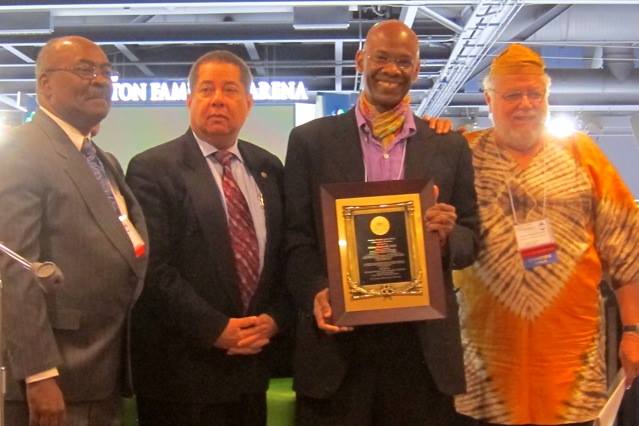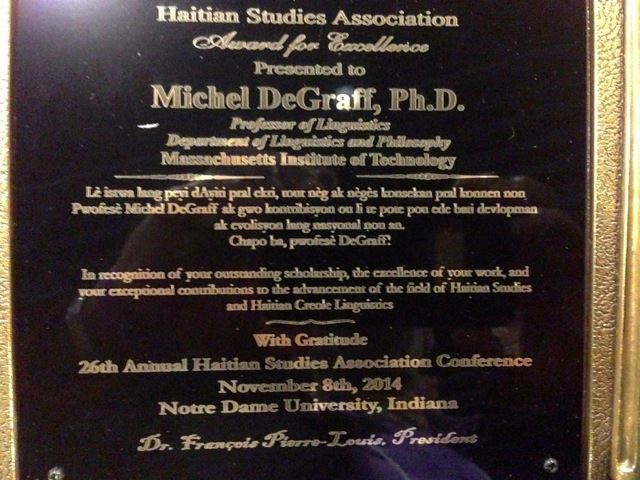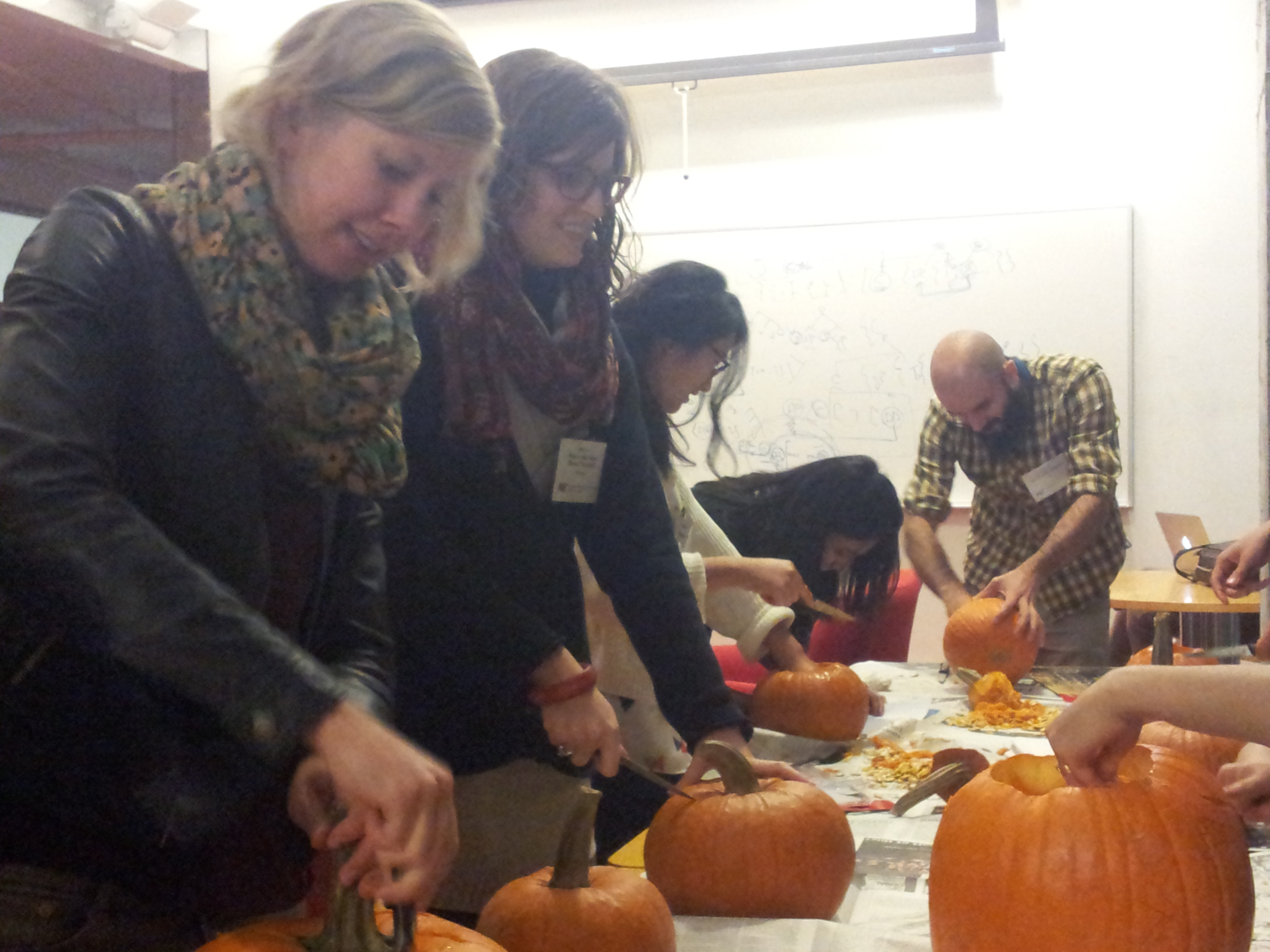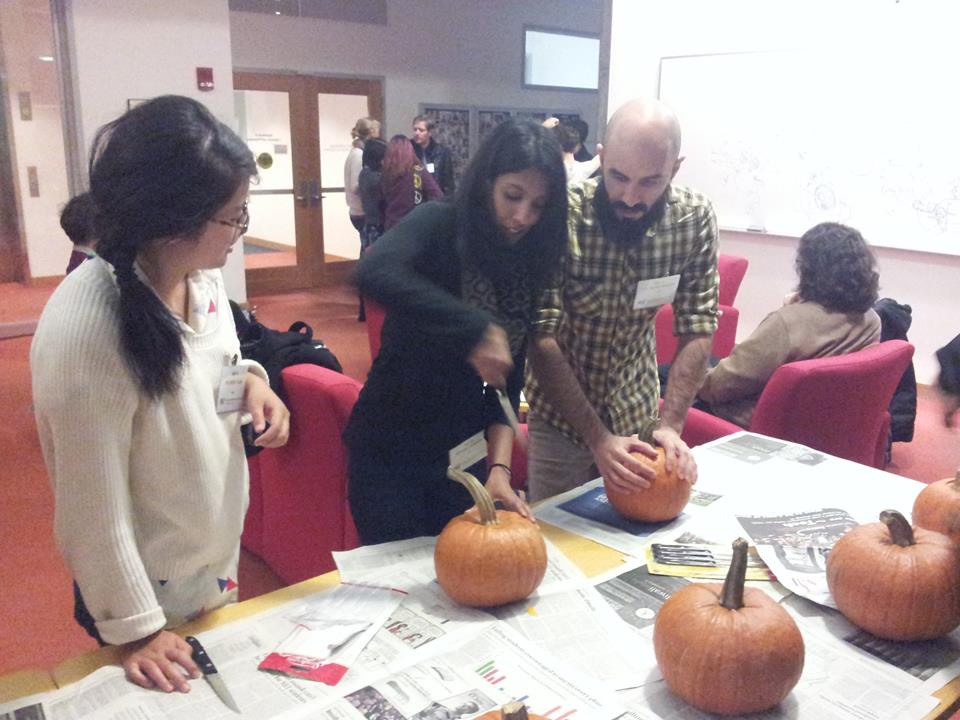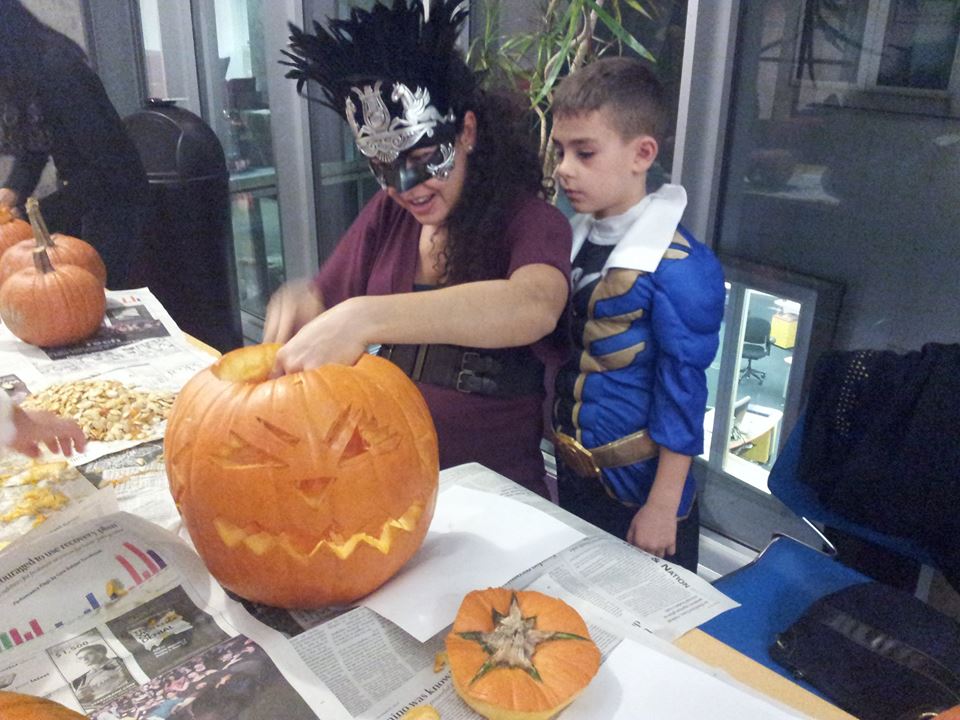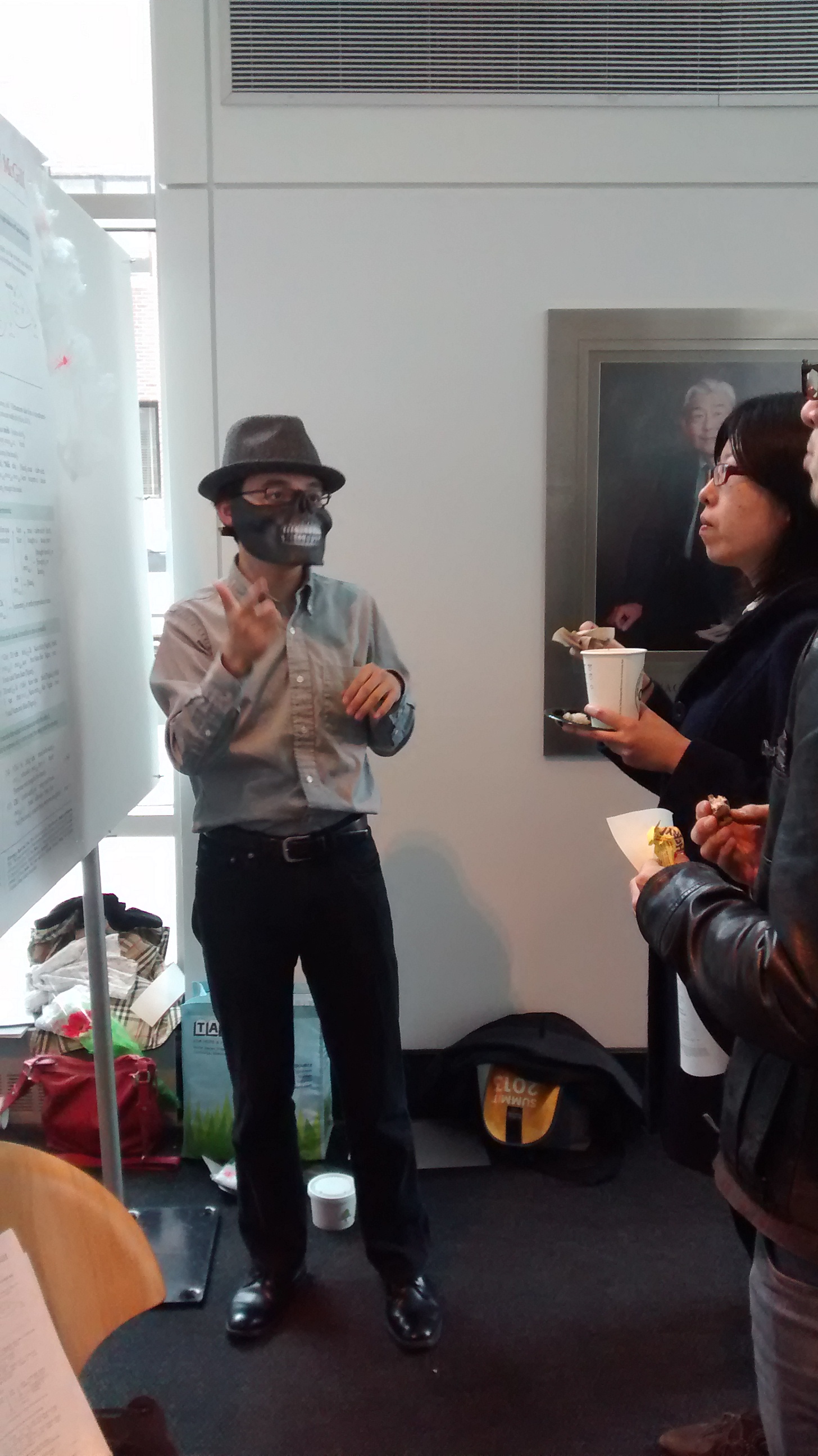Speaker: Angela Carpenter, Wellesley College Title: Learning of a Natural and Unnatural Stress Pattern by Older Children Date: Nov. 24 (M) Time: 5-6:30 Location: 32D-461
Recent research into adult learning of natural and unnatural pairs of artificial languages has demonstrated that it is easier to learn a phonological rule that is based on naturalness in language than a similar, but unnatural, version of the same rule. This effect has been seen in a variety of phonological research (e.g. (Moreton 2008; Pater & Tessier 2005; Zhang & Lai 2010). Research in the area of infants’ learning of natural and unnatural phonology (Gerken & Bollt 2008; Seidl & Buckley 2005), has provided mixed results regarding the infants’ ability to learn natural and unnatural patterns of phonology. There has been little work done with older children to investigate whether they exhibit a learning bias that favors natural phonological patterns over unnatural ones.
The present study focuses on English-speaking older children’s learning of a natural and unnatural version of a stress rule based on vowel height. Previous research has shown that both English-speaking and French-speaking adults are able to more accurately learn a natural phonological rule where stress occurs on a low vowel than when stress occurs on a high vowel (Carpenter 2010). A study of how older children learn natural and unnatural stress patterns is important as it bridges the gap between infants and adults, allows comparison with both groups, and perhaps may shed some insight on the interaction between a general cognition, which allows learning of patterns in many areas, and a language-specific one, which perhaps bias learning of a natural pattern over an unnatural one.
References Carpenter, Angela. 2010. A naturalness bias in learning stress. Phonology 27. 345-92. Gerken, LouAnn & Alex Bollt. 2008. Three exemplars allow at least some linguistic generalizations: Implication for generalization mechanism and constraints. Language Learning and Development 4. 228-48. Moreton, Elliott. 2008. Analytic bias and phonological typology. Phonology 25. 83-127. Pater, Joe & Anne-Michelle Tessier. 2005. Phonotactics and alternations: Testing the connection with artificial language learning. UMOP 31: Papers in Experimental Phonetics and Phonology, ed. by S. Kawahara. Amherst, MA: GLSA. Seidl, Amanda & Eugene Buckley. 2005. On the learning of arbitrary phonological rules. Language Learning and Development 1. 289-316. Zhang, Jie & Yuwen Lai. 2010. Testing the role of phonetic knowledge in Mandarin tone sandhi. Phonology 27. 153-201.









